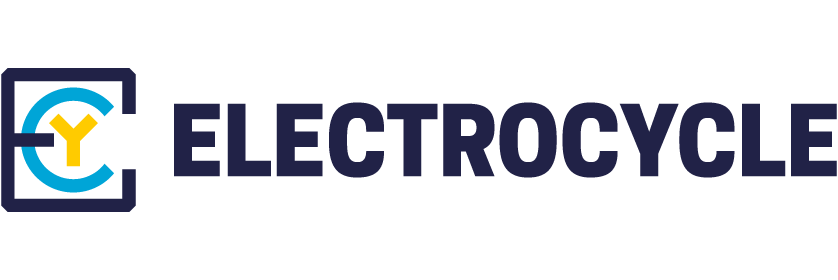First a few basic facts about electrical and electronic equipments, then a quick look at what’s at stake with this kind of waste (W3E). After questioning the «recycling everything» approach, we’ll take a closer look at the concept of «Open W3E».
Basic Facts about EEE and W3E
Technically speaking « Electrical and Electronic Equipment » or EEE are legally defined in Europe as « equipment that is working via an electrical current or electromagnetic fields, and production, transfer and measuring equipment for these currents and fields, as specified in categories defined in Appendix I A 2002/96/CE, and conceived to be used with a voltage not higher than 1000 volts in alternative current or 1500 volts in direct current. »
Practically speaking these include our coffee machines, toasters, computers, phones – everything that is part of our daily life at home or at work and makes it easier. They are such a big part of it that we don’t even notice them anymore, except when they stop working, become too big or that a new model urges us to get rid of the older one which then becomes…waste.
The obvious
problem with WEEE or W3E – as opposed to green, biodegradable waste – is that «almost all electrical and electronic equipments contain materials that are potentially dangerous for the environment and the human health» (ADEME). Having said that, the collecting and recycling network for W3E is only operational (in France) since July 2005 for professional waste and since November 2006 for private waste. That means that though it has a legal frame, it is a new sector, and its excesses unfortunately include sending out these W3E to developing countries.
W3E and EEE from a technical, environmental and political point of view
W3E and/or EEE are interesting in many ways. From a technical and economical point of view, they are the product of a system – a product made possible by technical knowledge acquired along scientific evolution. They are representative of our technological civilisation, our social organisation, concentration, and accumulation of capital. Most of us take this equipment for granted. But has anyone ever wondered what to do to simply create a toaster from scratch? No? Then take a look at this:
http://www.ted.com/talks/thomas_thwaites_how_i_built_a_toaster_from_scratch.html
From an environmental point of view the impact of EEE is enormous. The quantity of equipment, multiplied by the energy they need to function, is just colossal. But in the present situation of oil costs, resources shortage, pollution and climate change, this over-consumption of energy becomes a problem. And not only that : in order to build the equipment, it is necessary to use various material that had to be extracted by means of heavy industrial processes which don’t always obey to strict legal regulations. And to obtain a few grams of ready material, an astronomical amount of waste has to be produced…
From a social and political point of view costs also are high. Acquiring the latest electrical electronic equipment shows for our place in society, just like it does with cars. The amount of equipment mirrors our purchasing power and our consumption, being a symbol of superiority of man over nature. For who can really say how EEE are made and how they work? What would we do without it? And how? What would be the impact on our social world?
Open W3E : a solution to escape from «recycling everything» ?
The tremendous amount of W3E, which correlates with the problem of plastics (http://www.lemonde.fr/planete/article/2012/05/09/le-7e-continent-de-plastique-ces-tourbillons-de-dechets-dans-les-oceans_1696072_3244.html), is most commonly dealt with using the recycling approach. But perhaps recycling on an industrial level is not as virtuous as one may think. Far from the idyllic vision one may have, reality is more complicated. Recycling often means destroying in order to re-cycle. A lot of energy is needed to rework and obtain secondary raw material. Substantial amounts of pollutants «escape» in the process. And what could not be recycled in the transformation has to be stocked as toxic waste in secure plants – or not – for a very long time.http://www.cniid.org/Le-scandale-bien-enfoui-des-machefers-d,233
Sometimes a small amount of the energy spent to destroy can be reused: it is called energy revaluation.
What are the alternatives if we question the «recycling everything» approach? Electrocycle, the W3E Association, has explored a few possible ways in the past year:
-what if we started to think globally and act locally?
-what if the biggest problem is not collecting but treating W3E?
-what if we ask ourselves the question of responsibility as an individual – instead of getting rid of our waste without a thought for what it implies and will imply?
-and isn’t it somewhat unfair that a household has to pay taxes on waste collection when waste is, in fact, a source of income for some other businesses?
-would it be possible for W3E (or waste in general) to be considered a common resource benefitting a larger community?
-when can we expect to consider W3E to be an open, transparent sector based on free use of resources rather than on their destruction, and to have free access to quality documentation allowing us to reuse the parts of W3E?
Translation by Dixit Traduction
from an original article by Cyril
29 July 2013
